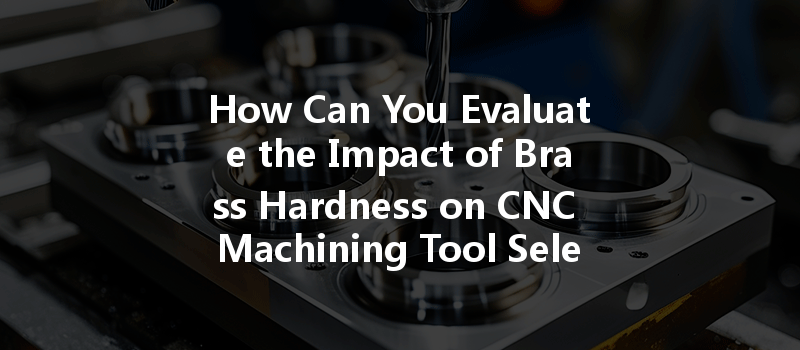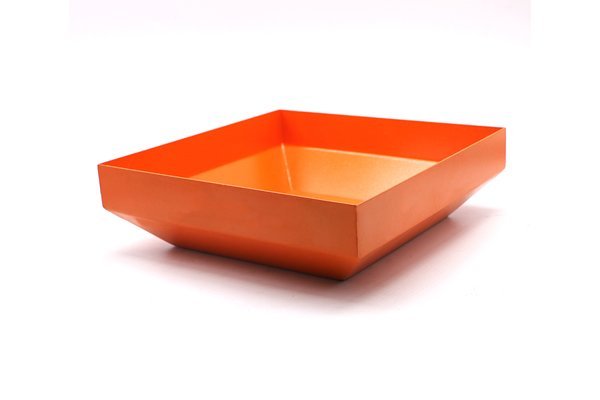Did you know that brass is one of the most versatile and widely used alloys in machining? It not only provides excellent machinability but also boasts a unique combination of mechanical properties and aesthetic appeal. However, the hardness of brass can significantly influence tool selection during CNC machining. This blog will delve deep into how brass hardness affects CNC machining tool selection and highlight essential strategies for optimizing machining efficiency and product quality.
Understanding Brass: Composition and Hardness
Before diving into CNC machining specifics, it is vital to understand what brass is. Brass is a copper-zinc alloy characterized by its yellowish-gold appearance and notable workability. It is categorized into two main types based on the amount of zinc present:
The hardness of brass can vary significantly depending on its composition, treatment, and the processing it undergoes. Hardness is measured on various scales, with Brinell, Rockwell, and Vickers being the most common in machining contexts.
For typical applications, the hardness of brass can range from 60 to 210 HV (Vickers Hardness). As brass hardness increases, so do its strength and susceptibility to wear, leading to important considerations when selecting the appropriate tools for machining.
The Significance of Brass Hardness in CNC Machining
When it comes to CNC machining, the hardness of the material being machined plays a critical role in determining the types of tools used, machining parameters, and processes applied. Here are some key areas where brass hardness influences tool selection:
The choice of tool material is paramount in CNC machining. The harder the brass, the more wear-resistant the tool must be. For cutting hard brass, high-speed steel (HSS) and carbide tools are commonly used:
The increased hardness of brass leads to a higher wear rate on tools, which can result in increased tooling costs and maintenance requirements. This is where understanding the specific hardness of the brass being machined can yield significant cost savings.
Choosing the right cutting speed and feed rate is crucial for efficient machining. Harder brass requires adjustments in the cutting parameters to avoid tool wear or breakage:
By adjusting these parameters in relation to brass hardness, manufacturers can achieve optimal machining conditions, enhancing both efficiency and finish quality.
The geometry of the machining tool also directly relates to performance when dealing with brass hardness. Several factors come into play:
Selecting geometry that aligns with the hardness of brass is essential in producing high-quality parts and improving machining efficiency.
When machining harder brass, adequate cooling and lubrication must be prioritized to maintain tool integrity. Important considerations include:

Incorporating effective cooling and lubrication strategies can greatly mitigate the adverse effects of increased heat generated while machining harder materials.
The wear rate of cutting tools increases as brass hardness rises. Thus, effective maintenance strategies become essential. Key practices include:
Understanding how brass hardness affects tool wear provides a basis for developing proactive maintenance strategies that can enhance both efficiency and production quality.
Practical Approach for Tool Selection based on Brass Hardness
Selecting the right tools for machining brass involves several critical steps:
Step 1: Assess the Brass Hardness
Before selecting tools, determine the specific hardness of the brass to be machined. Employ appropriate testing methods (like Vickers or Rockwell) to ascertain its hardness level.
Step 2: Evaluate Tooling Options
Based on the hardness identified, choose between available tooling materials suitable for your application:
Step 3: Adjust Cutting Parameters
Next, adjust cutting speeds and feed rates according to its hardness. Referencing established guidelines within the industry can provide a useful starting point.
Step 4: Design Tool Geometry
Identify suitable tool geometries that can accommodate the specific hardness of the brass. Take into consideration flute design, rake angle, and whether specialized coatings are beneficial based on expected wear.
Step 5: Implement Cooling and Lubrication Strategies
Incorporate effective cooling solutions while machining hard brass to manage thermal load. Coupling this with proper lubrication will reduce tooling friction and ultimately prolong tool life.
Step 6: Monitor Tool Performance and Maintenance
Conduct regular inspections of tool condition and machining output. Developing a preventative maintenance schedule tailored to the hardness of brass will help maintain operational efficiency while ensuring product quality.
In CNC machining, the hardness of brass significantly influences tool selection and machining practices. By understanding the relationship between brass hardness and machining parameters, manufacturers can improve overall efficiency while producing high-quality components.
Taking time to assess brass hardness allows for informed decision-making to select the appropriate tooling, adjust machining parameters, and enhance maintenance strategies. Emphasizing thoughtful considerations in tool selection can yield a more streamlined operation, reduce costs, and elevate production quality.
In today’s competitive manufacturing landscape, optimizing CNC machining practices based on material properties is paramount. Brass hardness should never be an overlooked factor; instead, it should be viewed as a key component in ensuring machining success. As the machinist community pushes towards greater precision and efficiency, understanding the nuances of material hardness is not just important – it is essential.
By investing time in understanding brass hardness and its implications, you’re not only safeguarding the integrity of your machining operation but also enhancing value for end-users and stakeholders alike.






